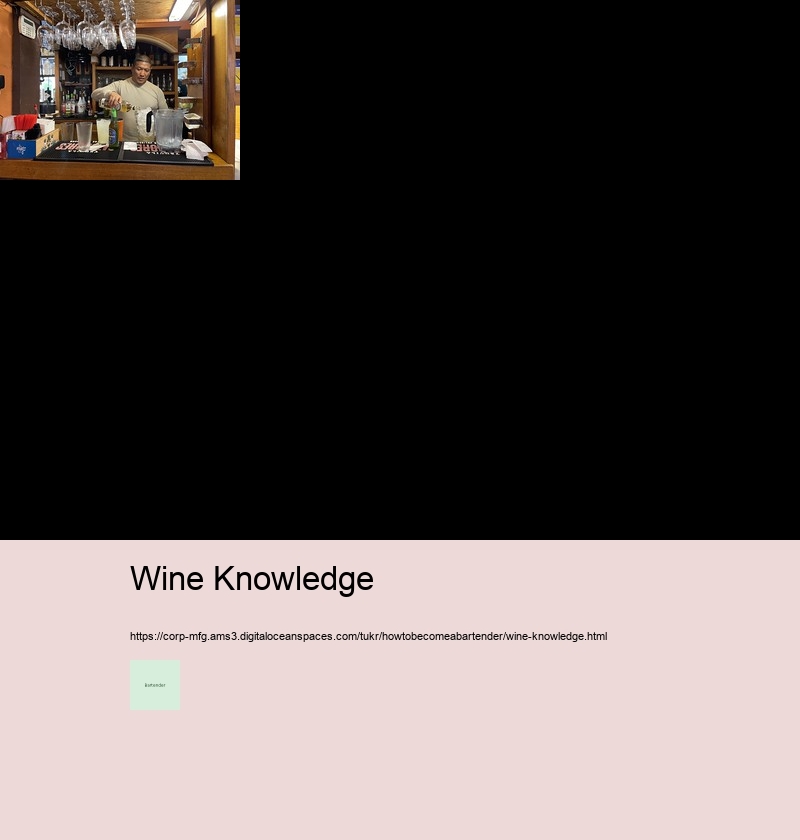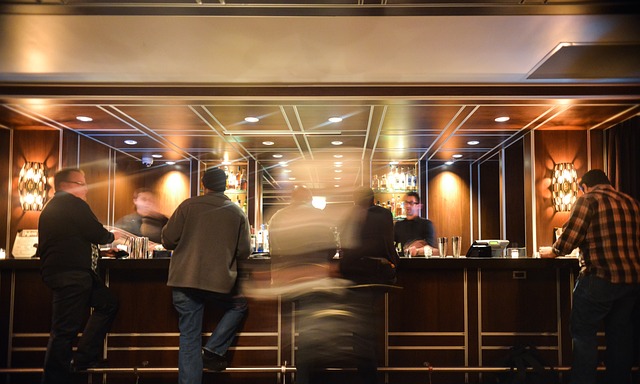Wine Knowledge
Definition of Qualifications
(Introduction to Wine Knowledge)
Wine knowledge is an interesting and exciting subject! Not only does it cover the history of wine production, but it also covers the science behind its creation. It's a fascinating topic that can be studied extensively. There's no need to feel overwhelmed however; with some basic information and guidance, anyone can become knowledgeable about this wonderful beverage!
Enroll in bartending classes to learn drink recipes, mixing techniques, and bar terminology Stock Management beer. Find out about the responsibilities of a bartender and see if the career appeals to you how to become a bartender hospitality.
First off, let's talk about varietals. These are the different types of grapes used in making wine. Each variety has its own unique flavor profile due to their terroir – the environment in which they were grown. Increase your alcohol knowledge by studying different types of beers, wines, and spirits Stock Management licenses. Look at your state's requirements for licensing to legally serve alcohol how to become a bartender beer. Knowing what type of grape you're drinking can help you better decipher and appreciate the nuances of each bottle. Additionally, understanding how soil composition affects the taste of your glass will allow you to make more informed choices when selecting wines for yourself or others.
In addition to varietals, wine knowledge also includes other important aspects such as pairing food with your choice bottles, reading labels for clues on aging potentials, and storage techniques for keeping vino fresh over time. To get a handle on these topics there are plenty of resources available online where one can learn from certified sommeliers or take courses dedicated to this subject matter. Moreover, there are many events held in cities all around featuring tastings and seminars on numerous topics related to oenology (the study of wines).
Finally, don't forget: practice makes perfect! The more times you expose yourself to new wines – whether by visiting vineyards or tasting rooms – the more confident you'll become in making selections based on your preferences and budget goals. With a little bit of research and experimentation, soon enough you'll find yourself a connoisseur of fine vintages!
So if you're looking for an interesting way to expand your knowledge base while having fun at the same time – look no further than learning about wine! There's so much knowledgable out there waiting for you; it's just a matter getting started!



